Best
Recorder for Children
-
Overall: Made From ABS Resin For Durability. L
-
Best Feature: Comes with a handy carry case and fingering chart.
-
TedScore™: 8/10
Best
Student
Recorder
-
Overall: Maple body offers a clear and sweet tone.
-
Best Feature: Natural wood creates a tone of great depth.
-
TedScore™: 9/10
Best
Beginner
Recorder
-
Overall:
Patented silicone key covers for easy note production. -
Best Feature:
Larger tone holes for a warmer tone. -
TedScore™: 8/10
Understanding the Basics of Recorders
Recorders are part of the woodwind family and are known for their sweet, clear tone. They come in various sizes and types, each with its unique sound and range.

Recorders are typically made from plastic or wood and have a whistle-like mouthpiece that makes them easy to play.
The most common sizes are soprano, alto, tenor, and bass, each differing in pitch and key. Understanding the key of your recorder is essential for playing in harmony with other instruments.
Types of Recorders
Let’s take a quick look at the different types of recorders.
The soprano recorder, often referred to as the descant recorder, is in the key of C. This means when you play a C note on the soprano recorder, it sounds like a C note on a piano.
The alto recorder, on the other hand, is in the key of F. When you play a C note on the alto recorder, it sounds like an A note on the piano.

Why Key Matters

Understanding the key of your recorder is crucial for several reasons.
First, it helps you know which notes you’re playing and how they relate to other instruments.
Knowing the key ensures everyone is in tune when playing with a group.
Additionally, understanding the key can help you choose the right recorder for specific pieces of music.
For example, if a piece is written for the soprano recorder, you’ll want to use that specific instrument to achieve the desired sound.
The Different Keys of Recorders
Now that we’ve covered the basics. Let’s explore the specific keys of various recorders in more depth.
Soprano Recorder (Descant)
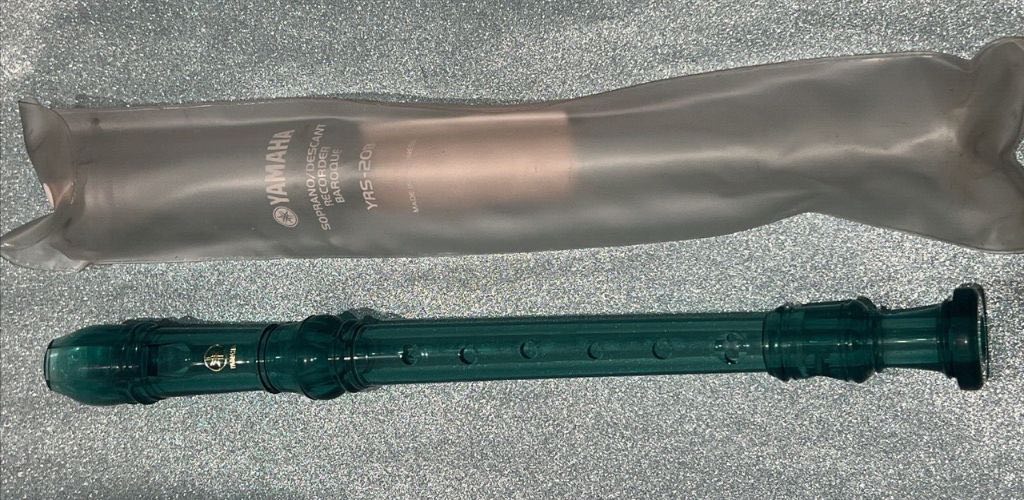
The soprano recorder is one of the most popular types, especially for beginners.
As mentioned earlier, it is in the key of C, making it a fantastic choice for playing simple melodies and folk songs. Its bright and cheerful sound makes it perfect for children’s music and educational settings.
When playing the soprano recorder, you’ll find that it has a range of about two octaves, from C5 to C7. This range allows for a wide variety of musical expressions.
Alto Recorder
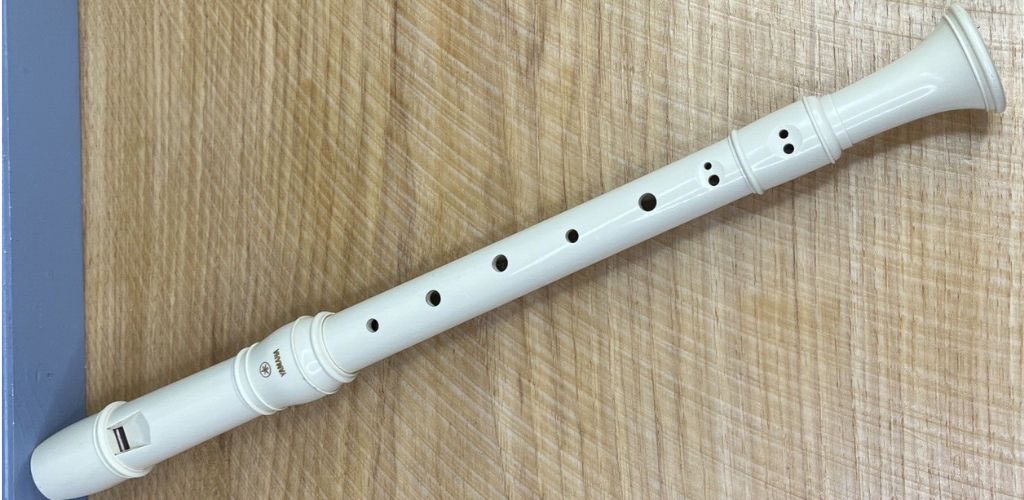
Next up is the alto recorder, which is slightly larger than the soprano.
The alto recorder is in the key of F, providing a deeper, warmer sound compared to its soprano counterpart.
When you play a C note on the alto recorder, it sounds like an A note on the piano, which can be confusing for beginners.
The alto recorder has a range of about two octaves as well, typically from F4 to F6. This range allows for expressive playing and is popular in ensembles and solo performances.
Tenor Recorders

The tenor recorder is another lovely option, sitting between the alto and bass recorders in size.
It is in the key of C, like the soprano recorder, but it has a deeper, richer tone. When you play a C note on the tenor recorder, it sounds like a C note on the piano, making it easier for players who are familiar with the soprano.
The tenor recorder has a range of about two octaves, typically from C4 to C6. This makes it a versatile choice for various musical styles, from Baroque to contemporary.
Bass Recorder
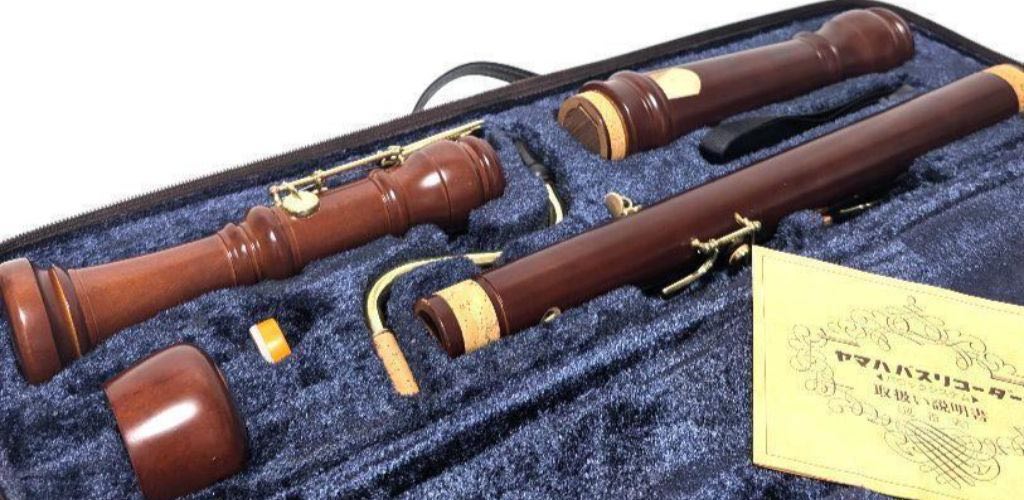
Finally, we have the bass recorder, which is the largest of the common recorders.
The bass recorder is in the key of C, like the soprano and tenor. However, it has a much lower pitch, providing a rich, resonant sound that adds depth to any ensemble.
When you play a C note on the bass recorder, it sounds like a C note on the piano but an octave lower.
The bass recorder’s range is about two octaves, typically from C3 to C5, making it suitable for various musical styles.
Choosing the Right Recorder for Your Needs
Now that you understand the keys of different recorders, how do you choose the right one for your needs?

Consider Your Skill Level
Your skill level plays a significant role in determining which recorder to choose.
If you’re a beginner, starting with a soprano recorder can be a great choice. Its popularity in educational settings means there are plenty of resources available to help you learn.
If you’re more experienced and looking for something with a richer sound, the alto or tenor recorder might be more suitable.
These recorders provide a more complex tonal palette and can be used in various musical contexts.
Think About the Music You Want to Play
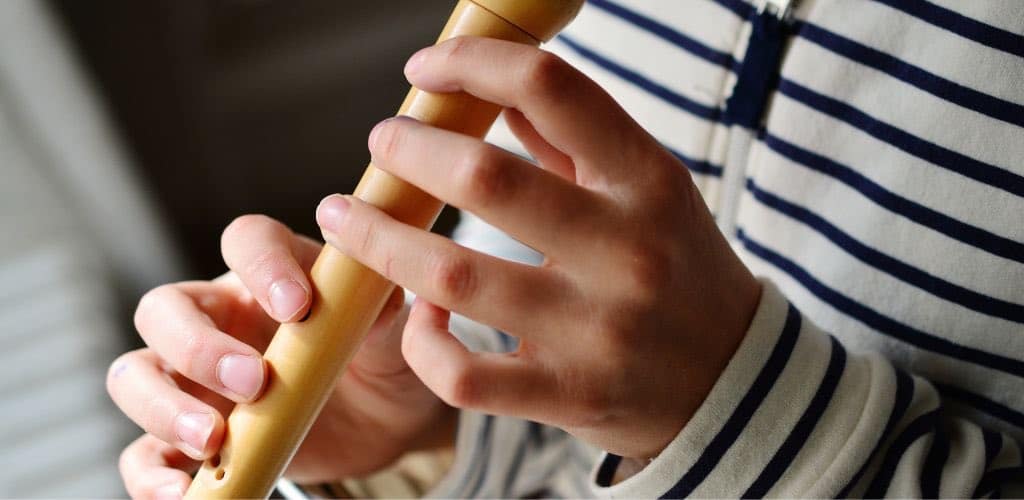
Consider the type of music you want to play when choosing your recorder.
If you’re interested in playing classical or Baroque music, the alto recorder is a fantastic choice. Its warm tone and expressive range make it ideal for this genre.
If you’re leaning towards contemporary or folk music, the soprano recorder might be more fitting. Its bright sound complements these styles beautifully.
Experiment with Different Types
Don’t hesitate to experiment with different types of recorders! Trying out various sizes and keys can help you discover which one resonates with you the most.
Many musicians find that they enjoy playing multiple recorders, each offering a unique sound and playing experience.
Playing Techniques and Tips
Once you’ve chosen your recorder, it’s time to dive into playing techniques and tips to help you make the most of your instrument.

Proper Posture and Hand Position
Maintaining proper posture and hand position is crucial for playing the recorder effectively.
Sit or stand up straight, holding the recorder at a slight angle to your mouth. Your fingers should be curved and relaxed, hovering over the holes without excessive tension.
Breath Control
Breath control is essential for producing a beautiful sound on the recorder.
Start by taking a deep breath and exhaling slowly while playing. Practice playing long notes to develop your breath support and control.
Articulation
Articulation refers to how you start and stop notes.
Experiment with different techniques, such as tonguing and slurring, to add variety to your playing. Tonguing involves using your tongue to create a clean attack on the note, while slurring connects notes smoothly.
Practice Regularly
Like any musical instrument, regular practice is key to improvement. Set aside time each day to play and focus on specific techniques or pieces of music.
Consistency will help you develop your skills and build confidence in your playing.
Recorder Recommendations
Yamaha YRS20BB
Soprano Recorder

COMES WITH: Starter package
FEATURES: Made from ABS resin for durability. Loads of colours available
Yamaha YRS20BB
Soprano Recorder
- Made from ABS resin
- Come in a variety of bright colours which can be very appealing for younger players and adults alike
- Can be dismantled into 3 parts (head joint, body and foot).
- Comes with a handy carry case and fingering chart.
- These are definitely budget range soprano recorders.
- Sound quality can be a little harsh.
When you click ‘Check Price’, you’ll see there are loads of great places to buy this item. Our personal favorite is Sweetwater for the US, and Thomann and Gear4Music for the UK & Europe.
They are the largest music retailers, with excellent customer service, competitive prices, really fast shipping, and the longest guarantees.
The professional musician who wrote this article combined many things,
from the product build, manufacturer’s reputation through to feedback
from other users, to create our famous TedScore™.
Levante by Stagg Alto Recorder

FEATURES: Maple body offers a clear and sweet tone.
OTHER INFO: Natural wood creates a tone of great depth.
- Made in Germany to ensure the highest standards.
- Includes a pouch and cleaning rod.
- Need for regular maintenance and care to preserve the wood.
When you click ‘Check Price’, you’ll see there are loads of great places to buy this item. Our personal favorite is Sweetwater for the US, and Thomann and Gear4Music for the UK & Europe.
They are the largest music retailers, with excellent customer service, competitive prices, really fast shipping, and the longest guarantees.
The professional musician who wrote this article combined many things,
from the product build, manufacturer’s reputation through to feedback
from other users, to create our famous TedScore™.
Nuvo Recorder
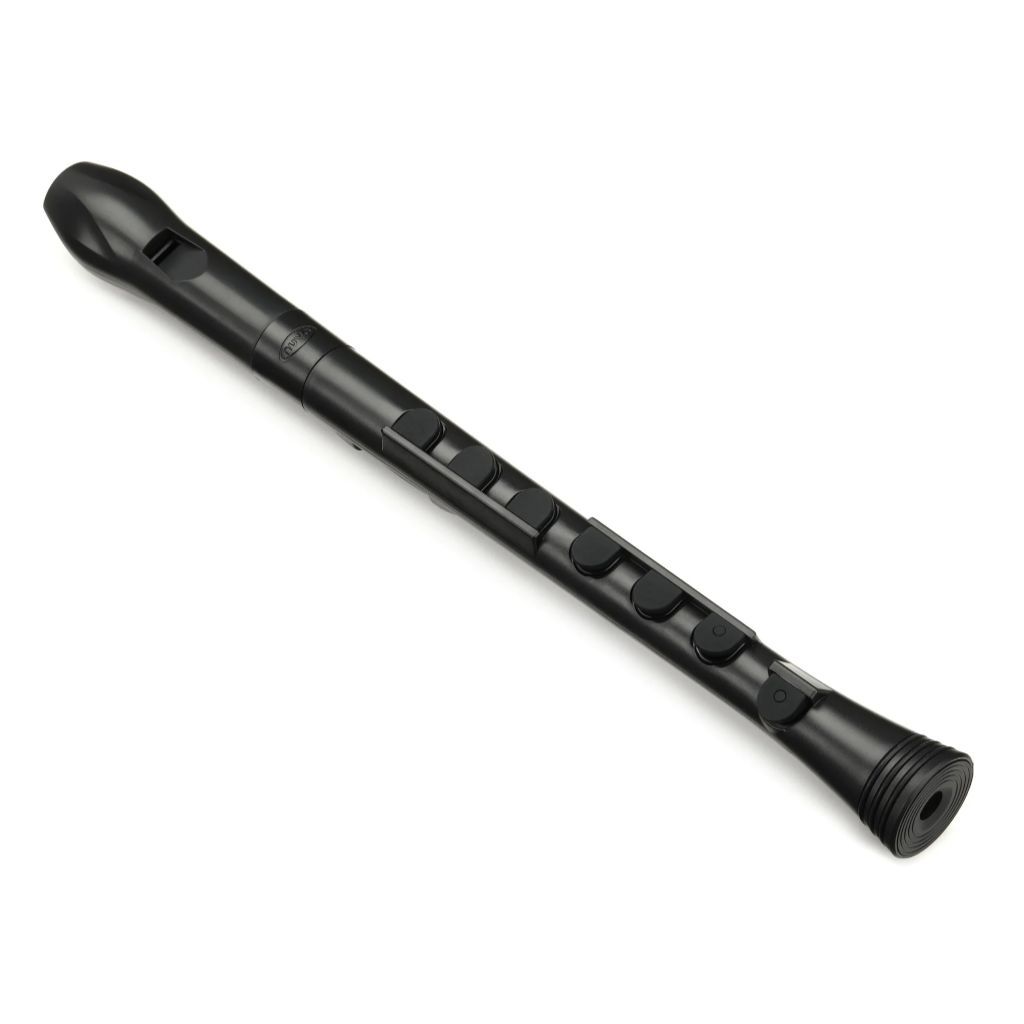
FEATURES: Patented silicone key covers for easy note production.
OTHER INFO: Larger tone holes for a warmer tone.
- It can be washed in hot, soapy water.
- Includes case, finger chart & silicon plugs.
- Sound and playability may be less suitable for advanced musical performances.
When you click ‘Check Price’, you’ll see there are loads of great places to buy this item. Our personal favorite is Sweetwater for the US, and Thomann and Gear4Music for the UK & Europe.
They are the largest music retailers, with excellent customer service, competitive prices, really fast shipping, and the longest guarantees.
The professional musician who wrote this article combined many things,
from the product build, manufacturer’s reputation through to feedback
from other users, to create our famous TedScore™.
What Key Are Recorders In
Embrace the Joy of Playing Recorders
Recorders, which belong to the recorder family of musical instruments, come in various sizes and keys, typically ranging from soprano to bass, with the most common being in the key of C.

The recorder sound is characterized by its sweet, clear tone, making it a popular choice for both beginners and professional recorder players. Many recorder makers produce instruments crafted from wood or plastic recorders, catering to different preferences and budgets.
Different recorder fingering systems can affect playability and sound production, allowing players to choose what best suits their style. In addition to solo performances, recorder ensembles often utilize the treble clef to create harmonious arrangements, showcasing the versatility of the voice flute in various musical genres.
By choosing the right recorder for your needs and practicing regularly, you’ll unlock the joy of making music. So, grab your recorder, explore its possibilities, and let the melodies flow! Happy playing!
Wait! There’s more…
Explore our article about “Flute vs Recorder” for a detailed comparison that highlights the differences, similarities, and unique characteristics of these two popular woodwind instruments!
FAQ's
Yes, most recorders, including the soprano and alto types, are in the key of C, meaning they play concert pitch.
School recorders are typically in the key of C, specifically the soprano recorder, which is the most commonly used in educational settings.
The standard key for a recorder is C, with the soprano recorder being the most commonly played type in this key.
Yes, all alto recorders are in the key of F, which means they sound a perfect fourth lower than written.











Your article, Hannah Haefele, provides a comprehensive overview of recorders and their different keys, which could significantly ease the selection process for beginners. However, integrating more information on historical contexts and their evolution might enrich its educational value further.
So if I play a bass recorder, does that mean I’m bass-ically a musical genius? Get it? Haha.
Interesting how musical instruments like recorders have evolved over time to cater to diverse musical genres. The distinction in keys is a testament to its versatility.
hey, just curious, does the key of a recorder change how hard it is to play? i’ve got a soprano and kinda struggle with it.
Hey Liz, yeah diff keys can feel different to play! Keep practicing, you’ll get it!